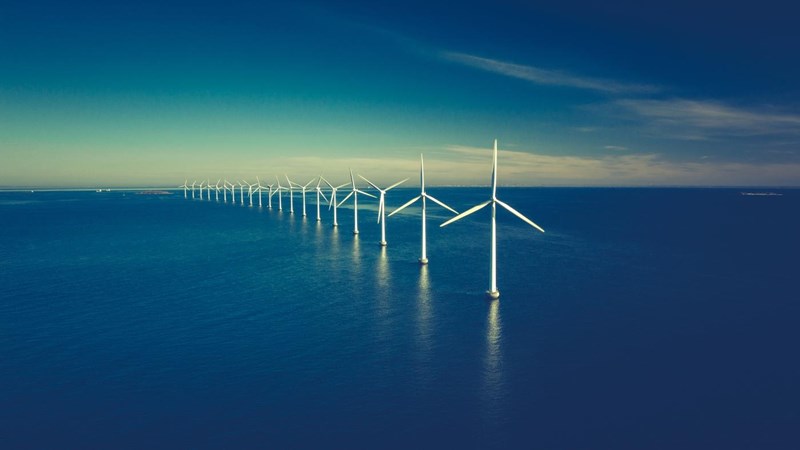Asia Pacific Power Service
Understand the latest trends in leading power technologies, markets, regulations, and pricing to mitigate risk while maximising opportunity.
Analyse the competitive landscape, dynamics and growth drivers for renewable technologies
Uncertainty in revenue streams, price forecasts and project valuations make it challenging to navigate the energy transition. Our service can support with your foundational data and analyses including providing hourly-level power price outlooks for all majors countries in Asia Pacific out to 2050.

Features and workflows
Stay informed on the latest power market developments and future trends to optimise your workflows for minimum risk.
Key features of Wood Mackenzie's Asia Pacific Power Service:
- Identify technologies, policies, and players that will define the pace and scope of change in the Asia Pacific power system
- Access proprietary linear programming model designed to represent the dynamics of the gas and power networks
- Optimize your flow of fuels (gas, coal, and diesel) to power plants and the generation of power to satisfy demand on a least cost basis
- Monitor and understand the fluctuations of power generation costs
Wood Mackenzie's Asia Pacific Power Service provides data on:
- Deliver on key supply, demand and transmission projections throughout the study period.
- Provide demand projections at the provincial level and power generating supply information that is detailed by technology and fuel generation.
- Gain Southeast Asia power market research coverage which includes supply-demand fundamentals and pricing information for Indonesia, Malaysia, Singapore, Thailand and Vietnam.
- Supply technology cost competitiveness reports including an annual update report on power generation costs (LCOE) based on expert data inputs and local market dynamics by region to 2050.
- Provides deep-dive reports on corporate power procurement and asset ownership in Asia Pacific plus datasets on PPAs and companies.
- Get technology & regional market outlook reports such as annual reports analysing the competitive landscape, policy dynamics, growth drivers, and M&A activity shaping the Asia Pacific power and renewables markets.
Wood Mackenzie's Asia Pacific Power Service enables a number of key workflows including:
- Make confident decisions about current and future business opportunities and individual assets by utilising our historical and proprietary data to understand market development and guide strategic decisions in line with your growth goals.
- Get the largest return on your investments by viewing our trusted data forecasts out to 2050 to secure your assets' success and value in the market at any time.
- Resource utilisation planning decisions with our 30+ year forecast into the future to ensure sound investment value of power plants, the changing patterns of power prices, the impacts of regulation on power generation, and more.
- Inform your purchasing, energy supply, and utilisation strategies, positioning your business to take advantage of the opportunities of the energy transition.
Why choose WoodMac's Asia Pacific Power Service?
Evaluate project economics as power market supply, design and operations evolve.
Understand the effects of current and potential environmental policy on the generation mix and power prices.
Visualise, customise and download renewables project developments and market activity easily via our platform.
Frequently asked questions
Here you’ll find answers to the most common questions you may have on Wood Mackenzie's Asia Pacific Power Service. If you have any other questions, get in touch.
We collate our expert researchers and scientists to provide you with the most up-to-date, accurate, and end-to-end solution-based data relevant to:
-
Utilities
-
Financials
-
Renewable development
-
Large energy users
With our service, you have the ability to plug-n-play underlying input and output scenarios to unlock the full visibility of energy pricing, analytics, insights, and reporting - all at your fingertips.
We offer coverage across the globe that can be tailored to fit your workflows with forecasting capabilities out to 2050. We provide market reports and full hourly datasets published for the Americas, European, and Asia Pacific regions.
Get in touch
Whether you’re looking for attractive new opportunities or evaluating existing projects, our experts are on hand to guide you through how our Asia Pacific Power Service can help you.




